Wildfires involve hillsides, mountain ranges, and forests; all things Northern Nevada has in abundance. The combination of weather, topography, and types of available fuels can cause a serious threat. Wildfires can be unpredictable, fast-moving, and destructive to everything in their path.
In preparation for surviving a wildfire, prepare a go-bag with food and water for at least 3 days. Create defensible space around your property. Firewood should be stacked at least thirty feet from any building. Remove leaves and branches from your roof and rain gutters. Make sure roads leading to your home or ranch are accessible to emergency vehicles.
Be sure your driveway is clear of overhanging tree limbs that could inhibit access to fire trucks. Some poor soul in San Diego didn’t think to trim their trees, causing hoses and equipment to be dragged almost an eighth of a mile by fire personnel, unnecessarily delaying firefighting efforts.
If you live off the beaten path, think about having a street sign or two made to assist firefighters. This is a very good idea for that emergency 9-1-1 call also when you need an ambulance asap, it helps if the EMTs can find you quickly.
For fire and other disasters have an evacuation plan in place and make sure relatives and or friends know the details. Before evacuating turn off all utilities at the meter, close all vents, dampers, and openings in your attic. Stock your vehicles with emergency supplies and important documents prior to evacuation being ordered. Monitor TV and radio for evacuation plans. Leave ladders and garden hoses out for first responders.
After a fire return only after proper authorities deem it safe. Be aware that burned and damaged trees can fall after the fire. In the fire service, we call these trees widow makers for a reason. Have utility companies turn on all appliances after they have been inspected. Check the outside of your home, the attic, and all hidden spaces for damage and any smoldering embers.
Before you do a vegetation or agricultural burn call the county sheriff’s dispatcher at 775-423-3116, report when and where you plan to burn. Make sure you pick a time when there is no or low wind. Maintain a watch and have your cellphone handy to immediately report if the burn gets out of control.
I have spoken to a friend on the Dixie Fire management team. They have 3,991 firefighters, 342 engines, 123 water tenders, 138 bulldozers, 19 helicopters, 59 hand crews, and air tankers from all over California flying as conditions allow. Even with all these resources, 1,282 buildings have been destroyed. Increased winds are causing spot fires ahead of the main fire. Spot fires can travel up to about a mile and trap firefighters between the main fire line and the spot fire.
Don’t think it can’t happen in the city limits, we just change the name from wildfire to conflagration. While working in New Jersey, my fire department responded to a mutual aid call from the City of Asbury Park, known for Bruce Springsteen. When we arrived on scene a five-story wooden hotel was fully involved and the adjacent five-story hotel had a fire showing. The incident commander said we were going to sacrifice the third hotel and set up on the fourth hotel and stop it there. With four mutual fire departments, we stopped it from burning the fourth hotel and saved the remaining city block. This fire happened two blocks from the ocean during a nor’easter with winds of 50 miles per hour and gusting up to 70. We had to deal with not only the fire but in contrast there were below freezing temperatures. Hoses froze up, ice coated everything, firefighters slipped and fell, and the threat of frostbite was constantly being monitored.
Friends of mine own property at South Lake Tahoe. I have had serious concerns for their lives and property these past few weeks. That concern triggered this article in the hopes the information can help others. Firefighters stopped the Caldor fire fifty feet from the rear of her home. She had defensible space. Please, everyone, be prepared.
Stuart Cook was a career firefighter and served as the Chief of the Fed Fire at NAS Fallon for five years before retiring in Fallon.

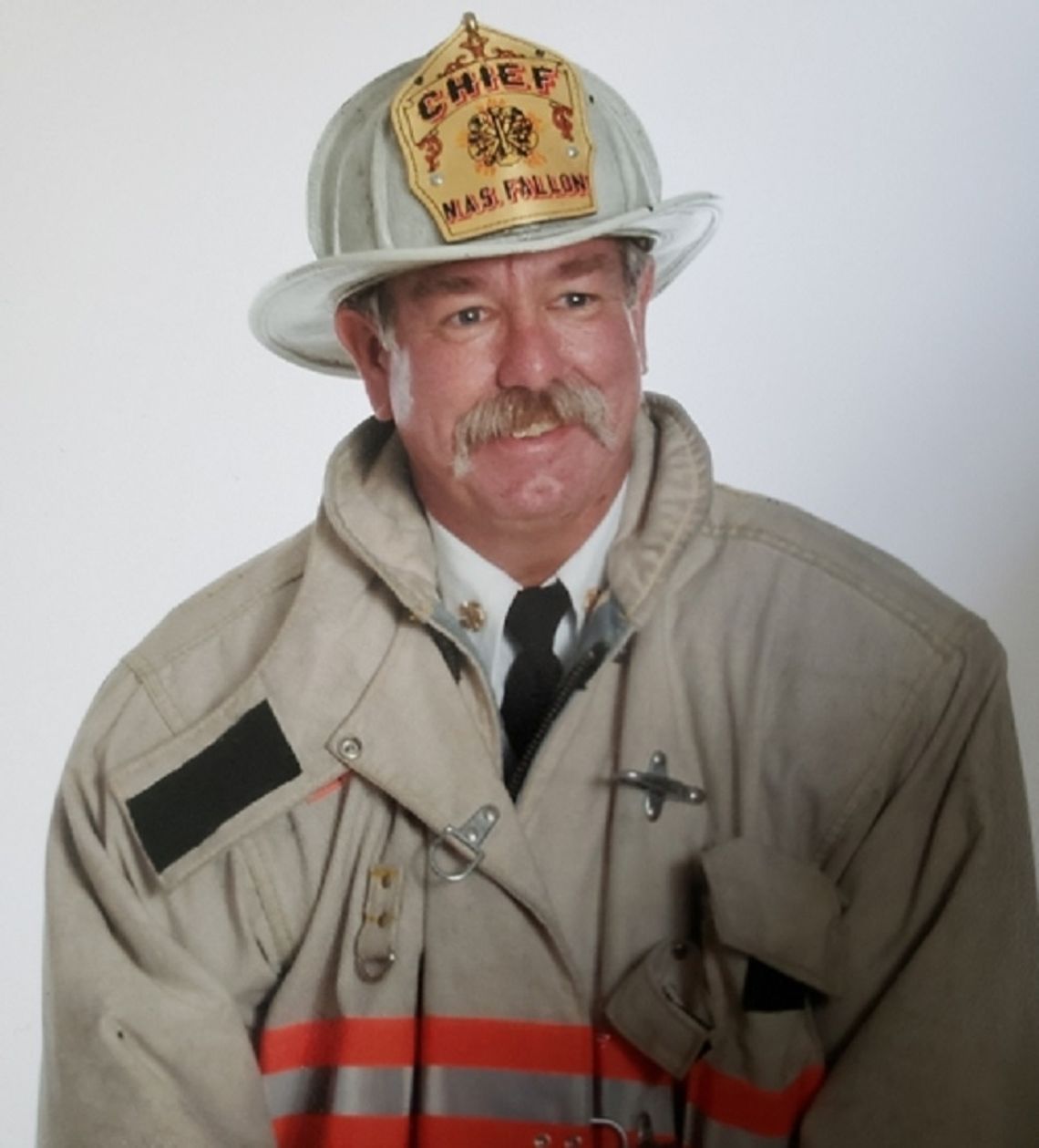
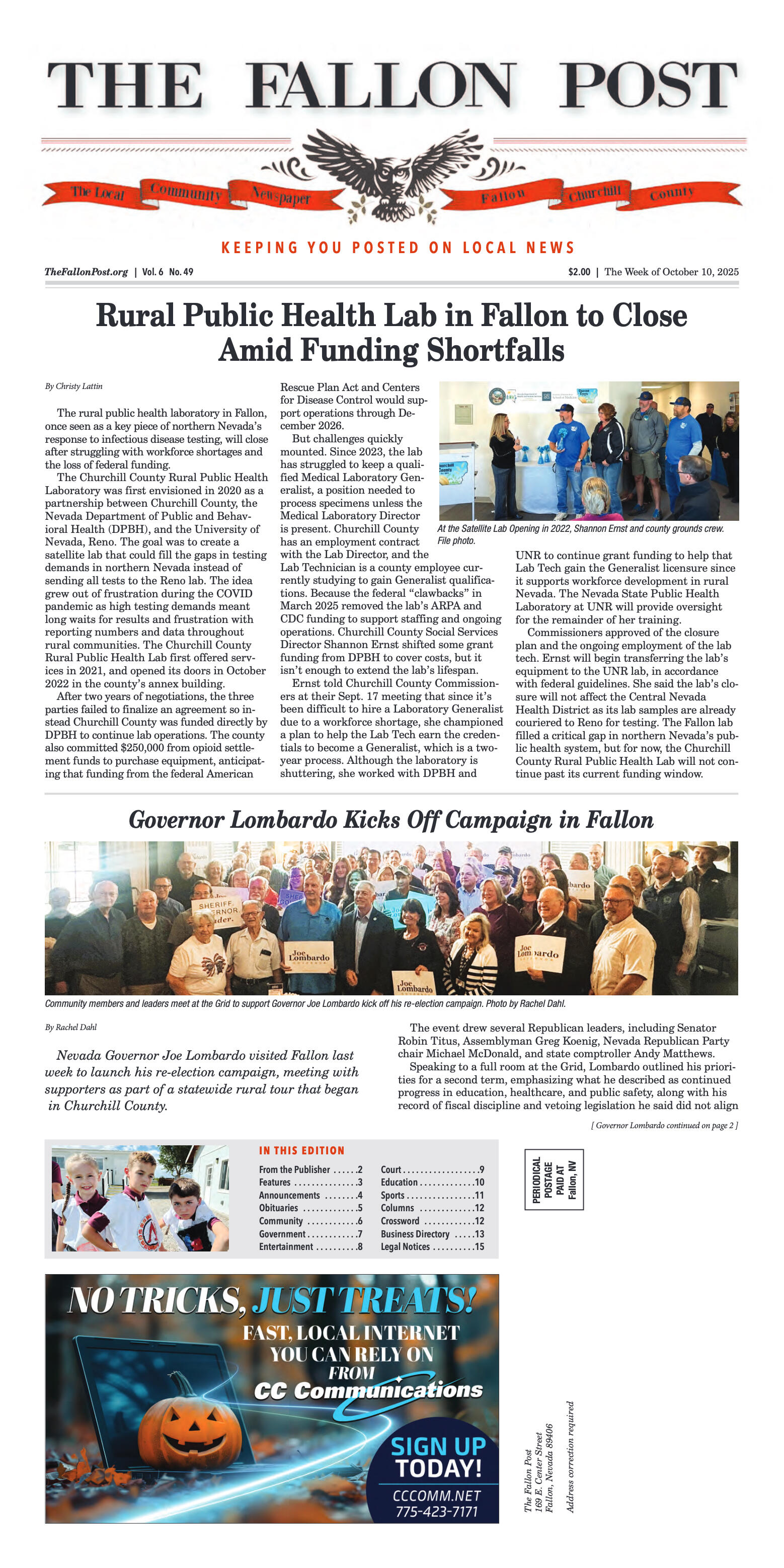
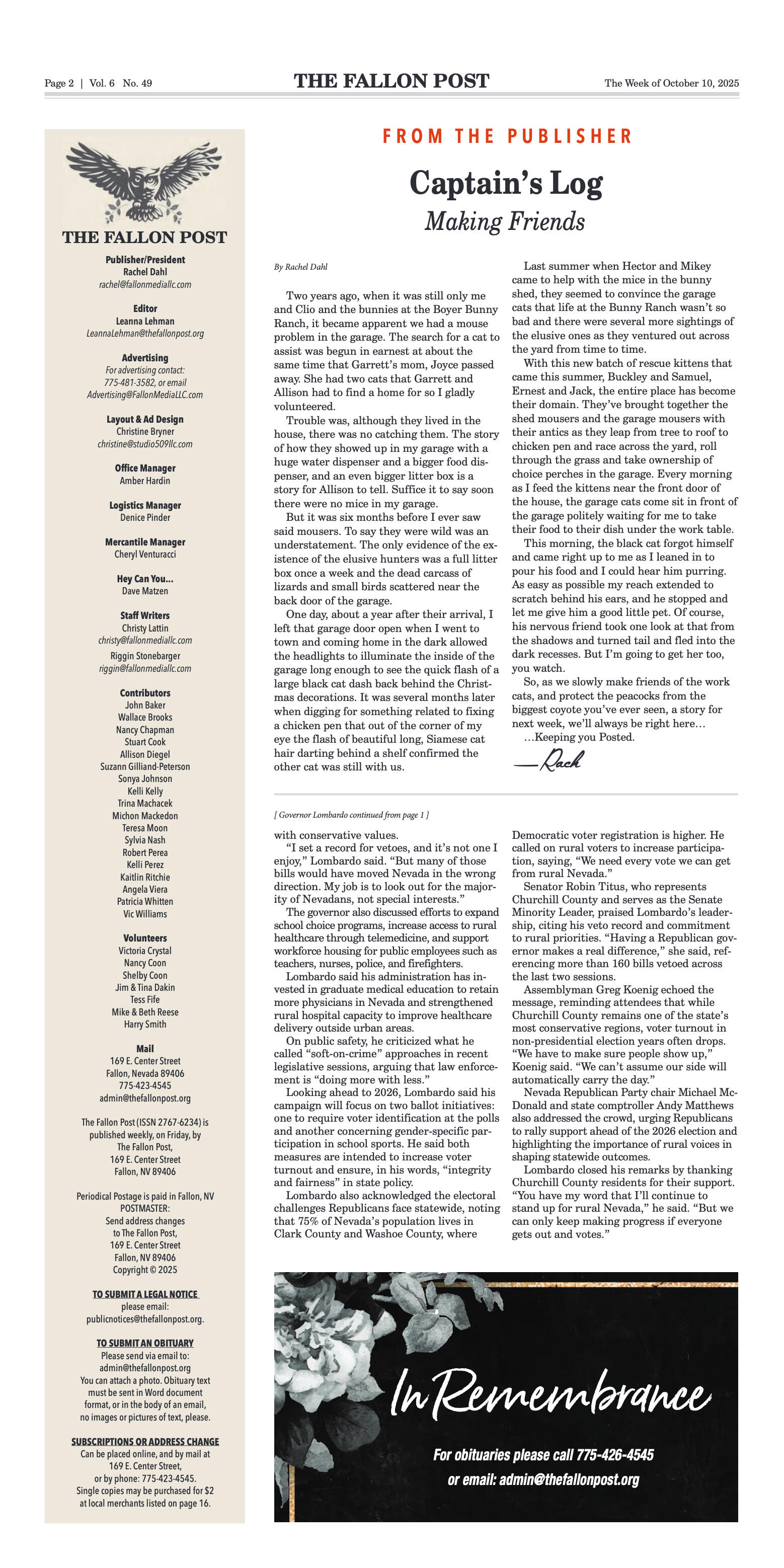
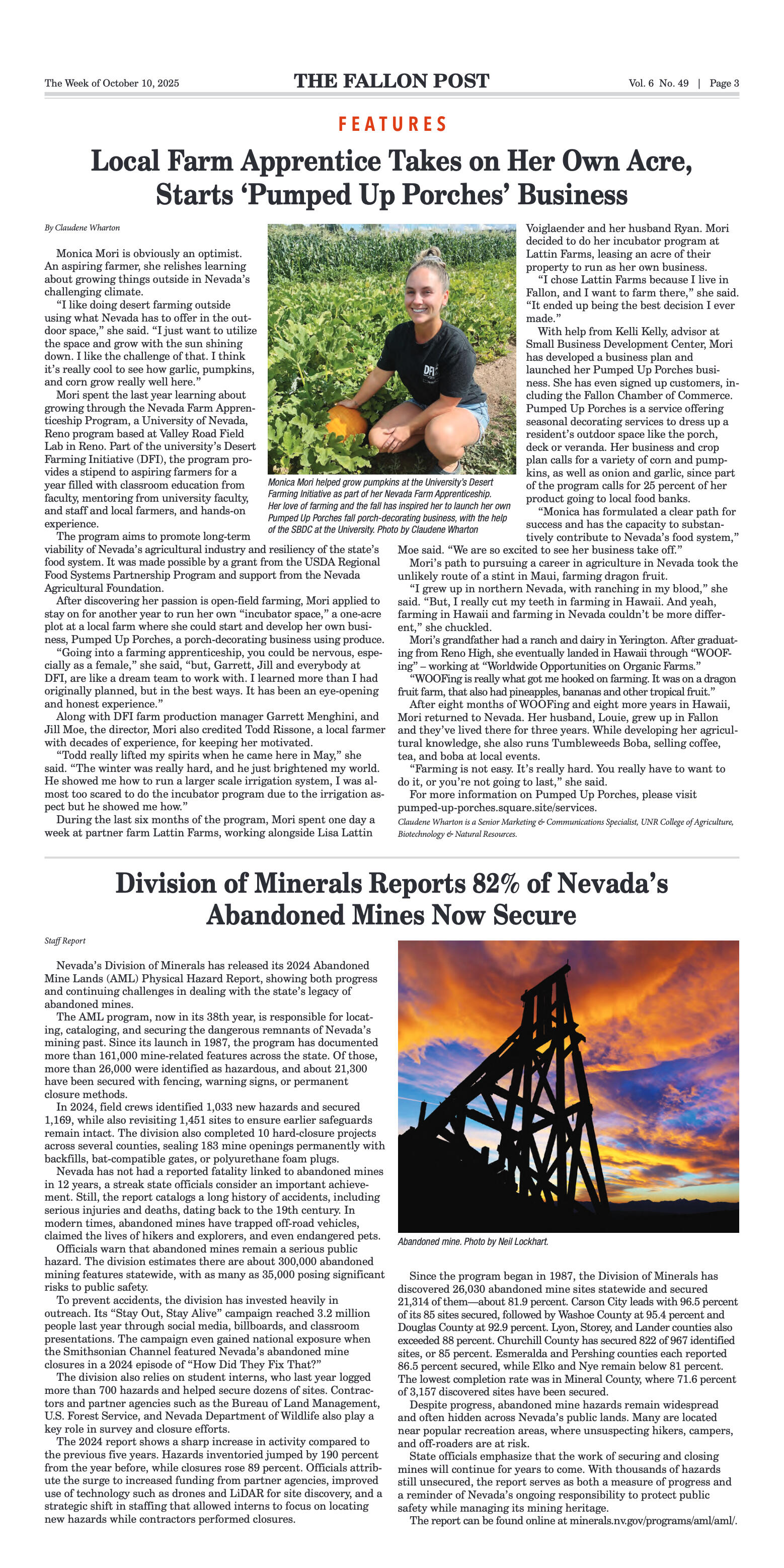

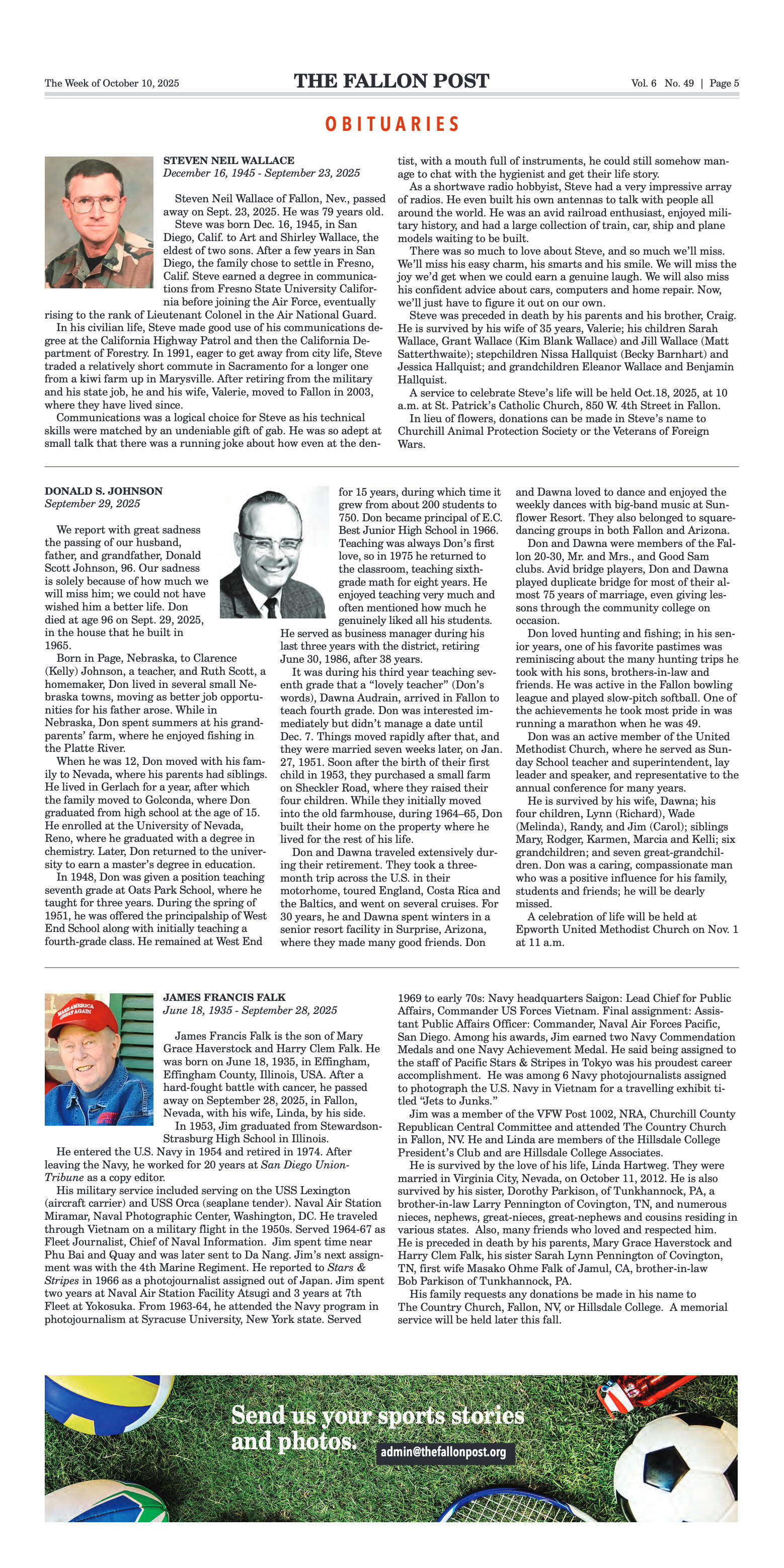

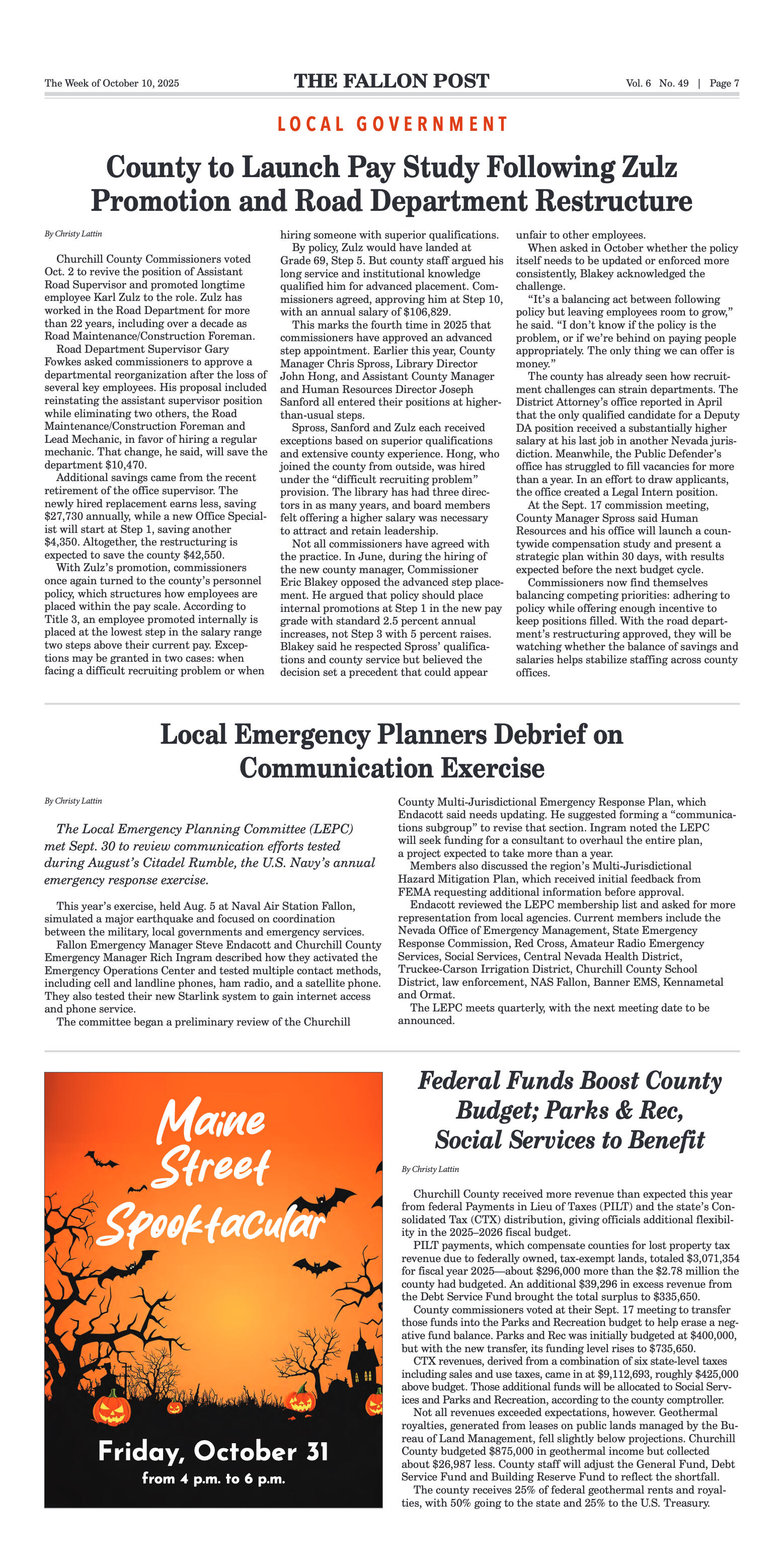
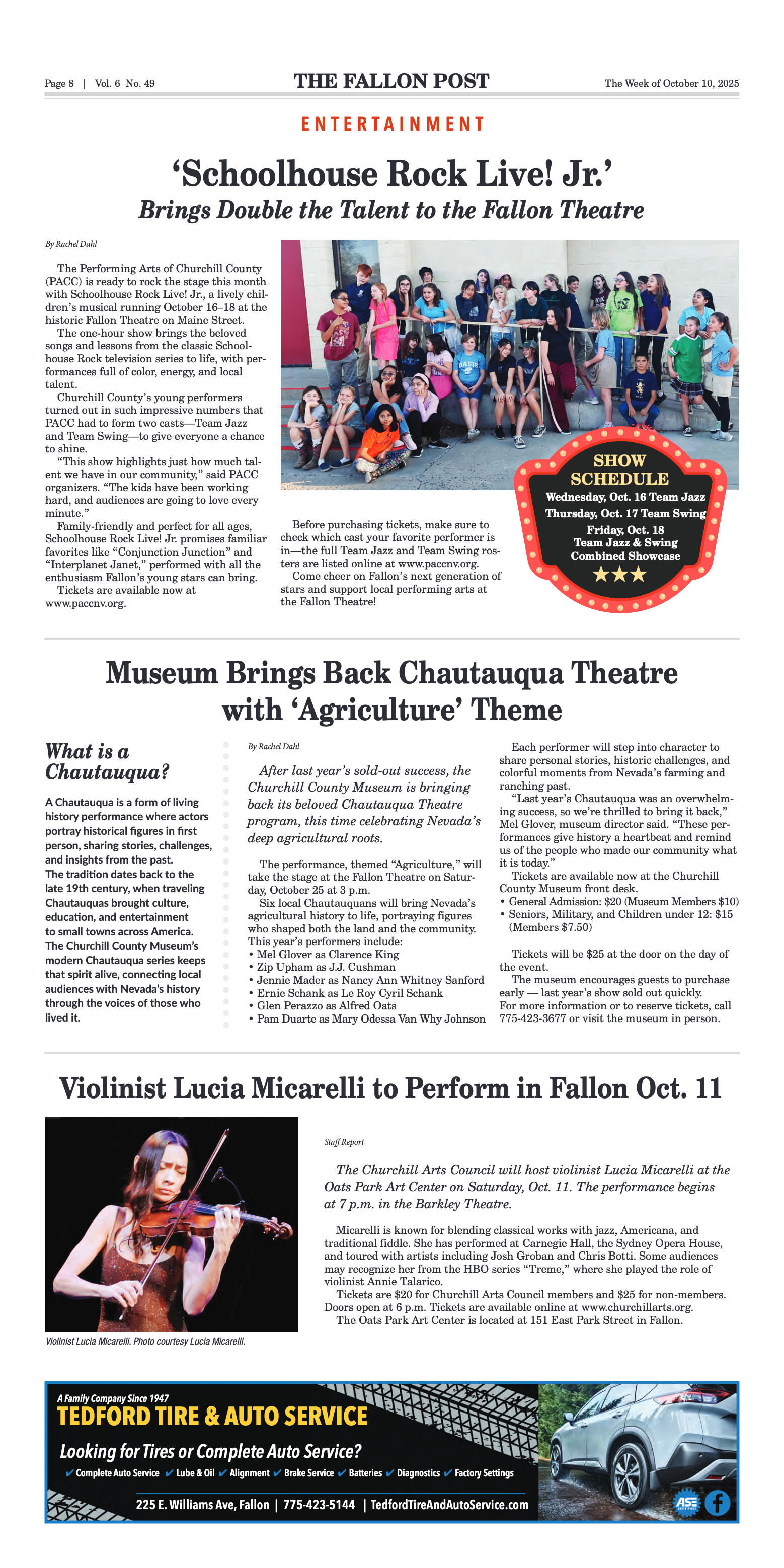
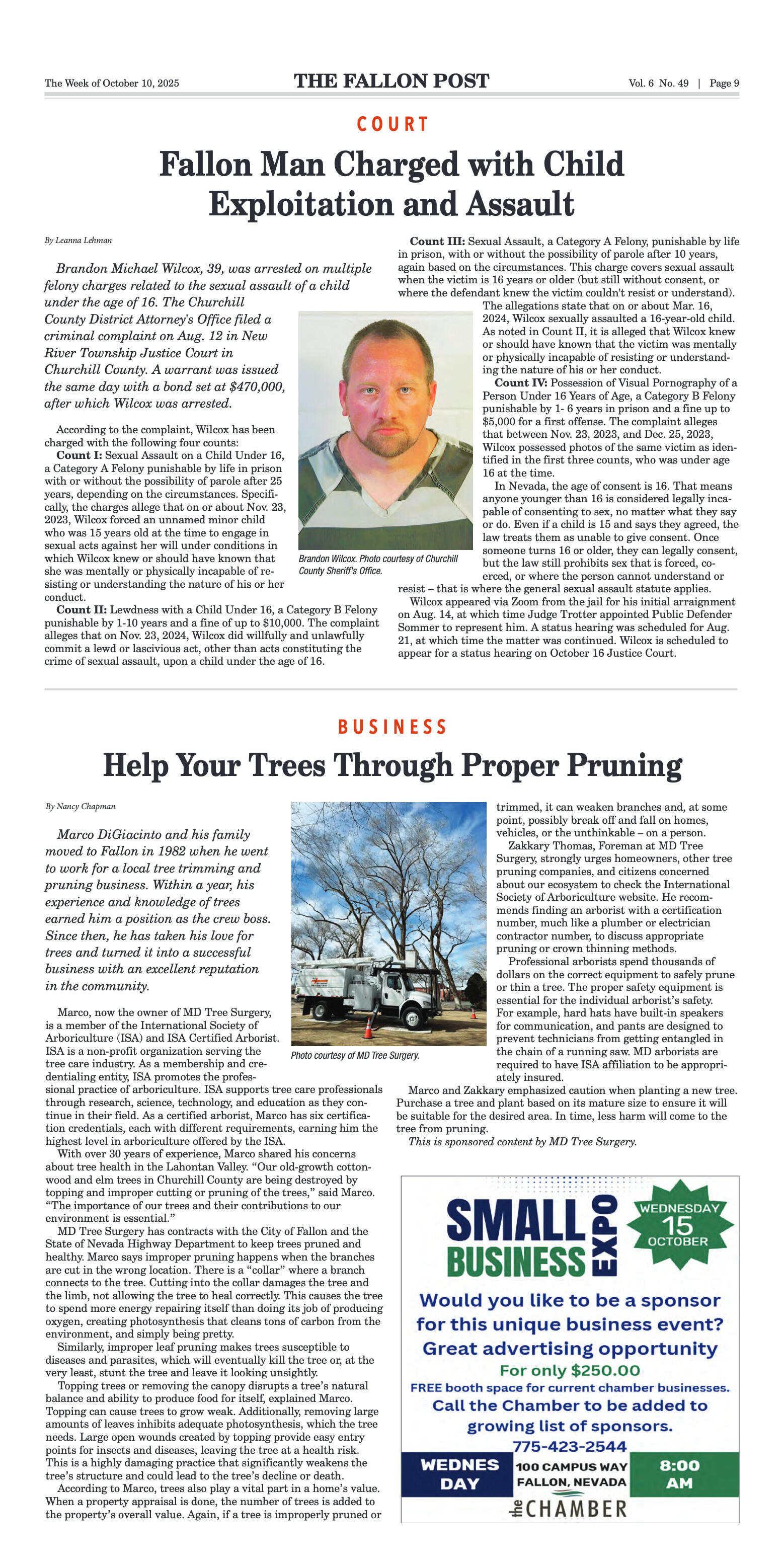
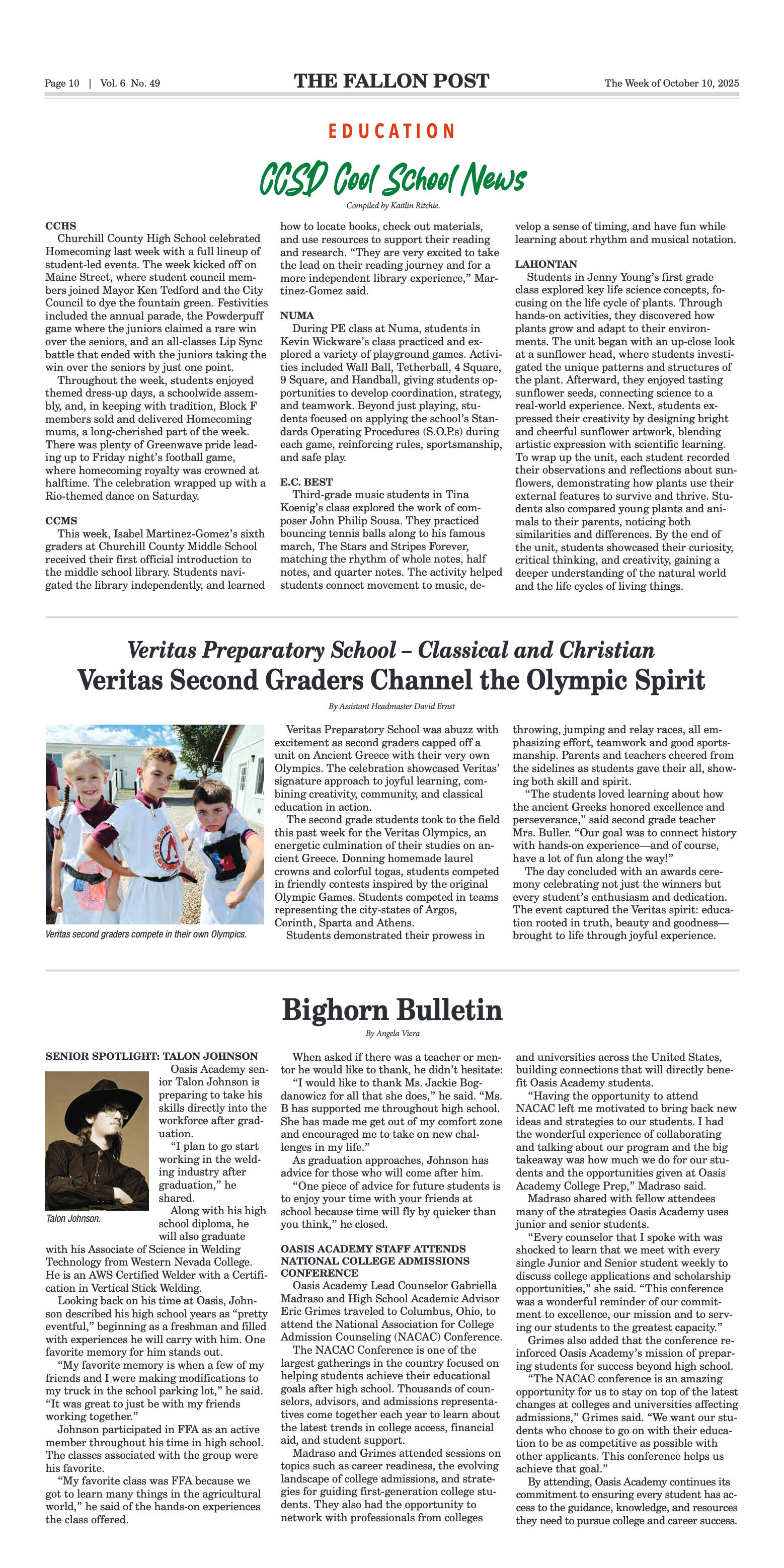




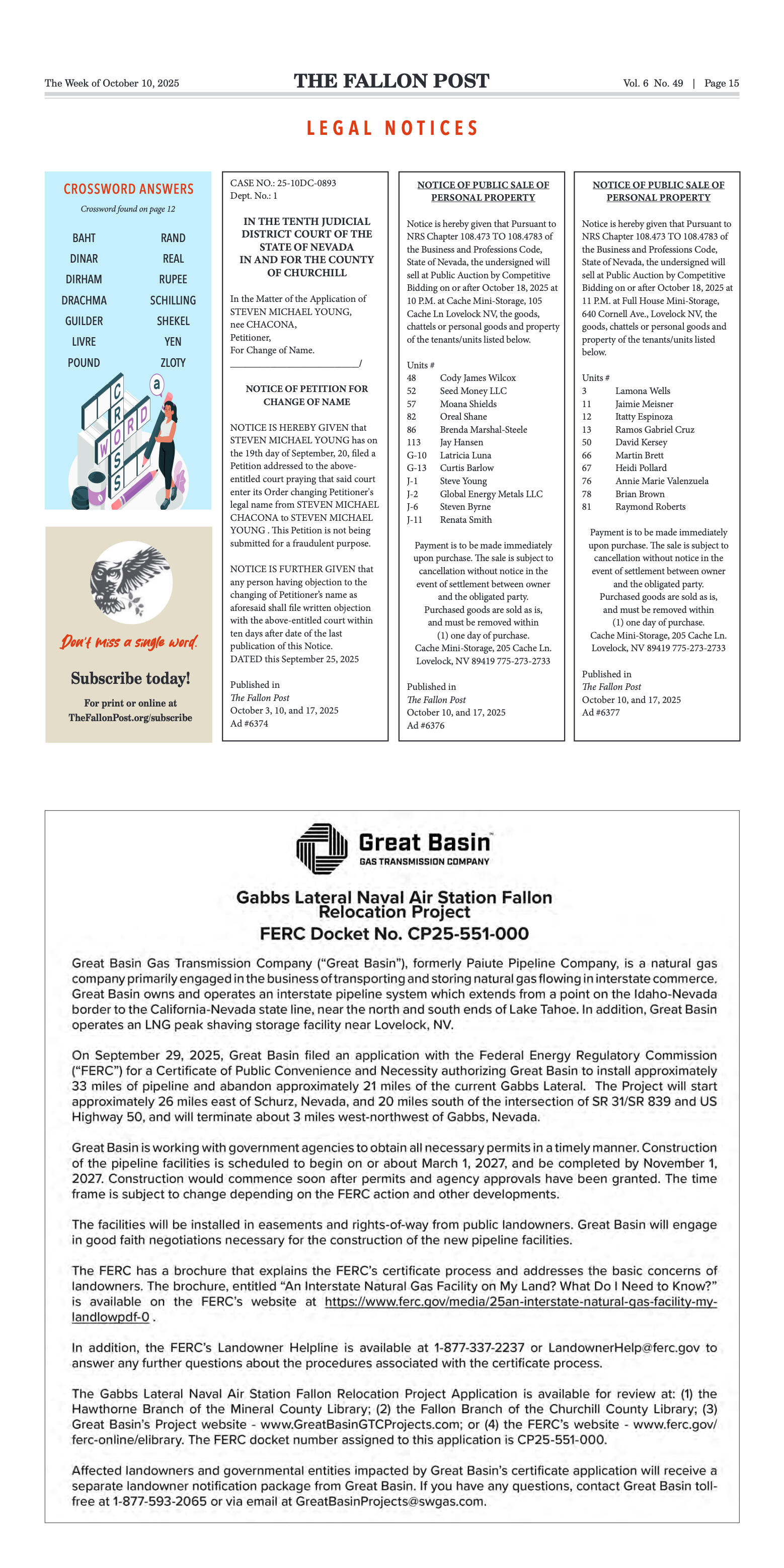

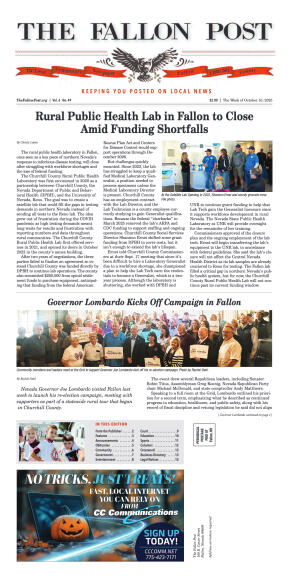
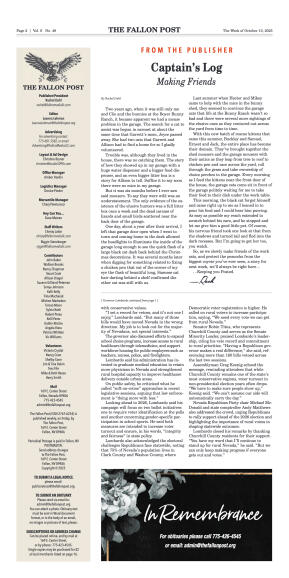
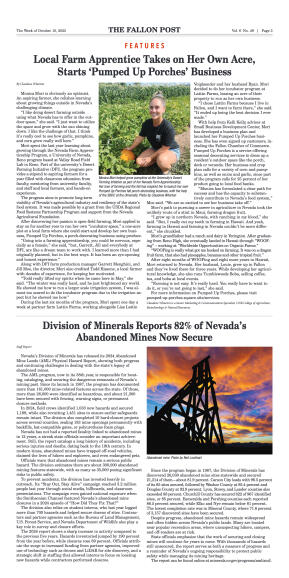

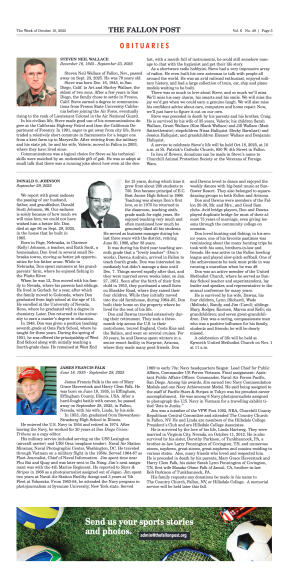

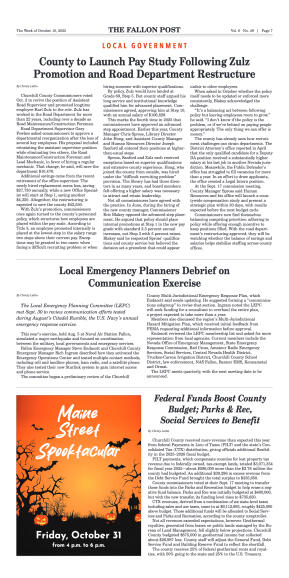
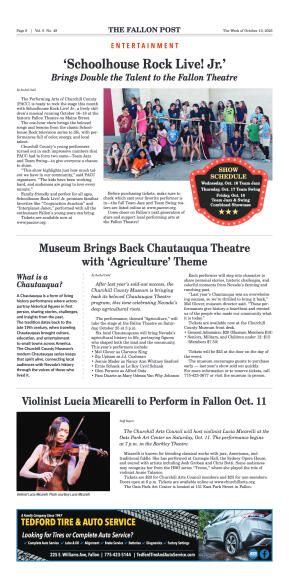
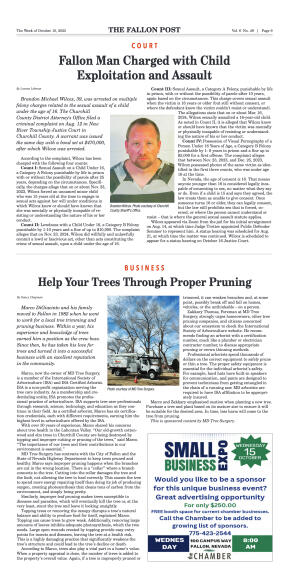
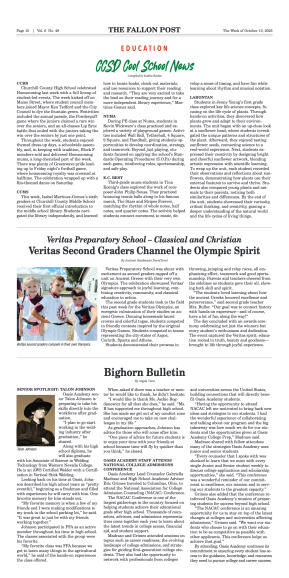
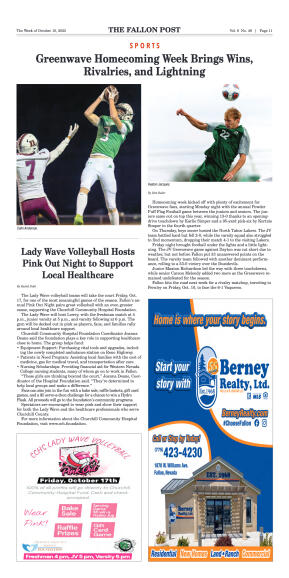



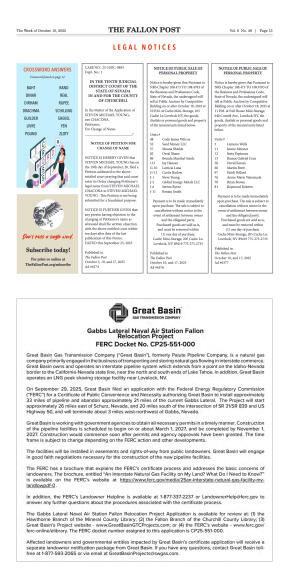

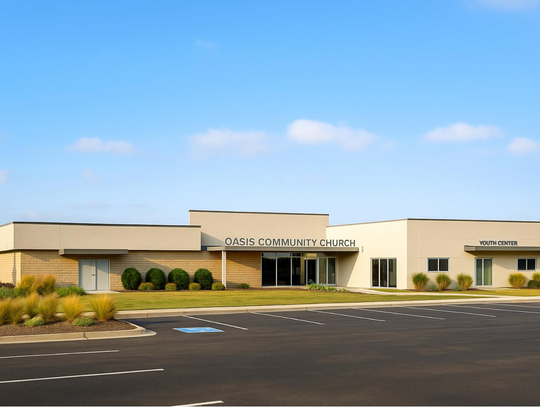

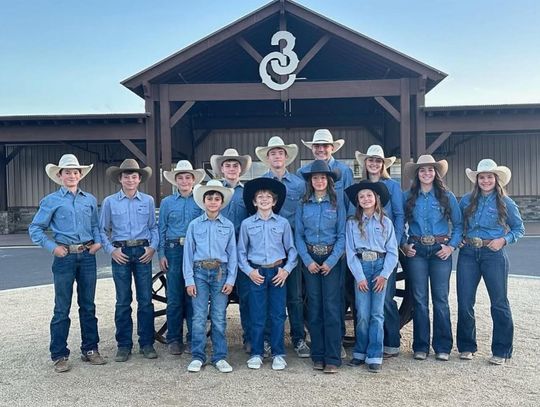
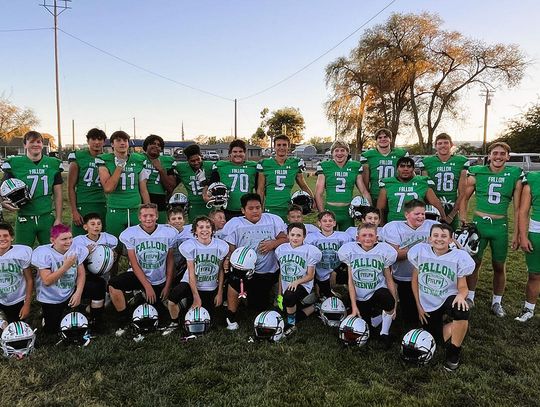


Comment
Comments